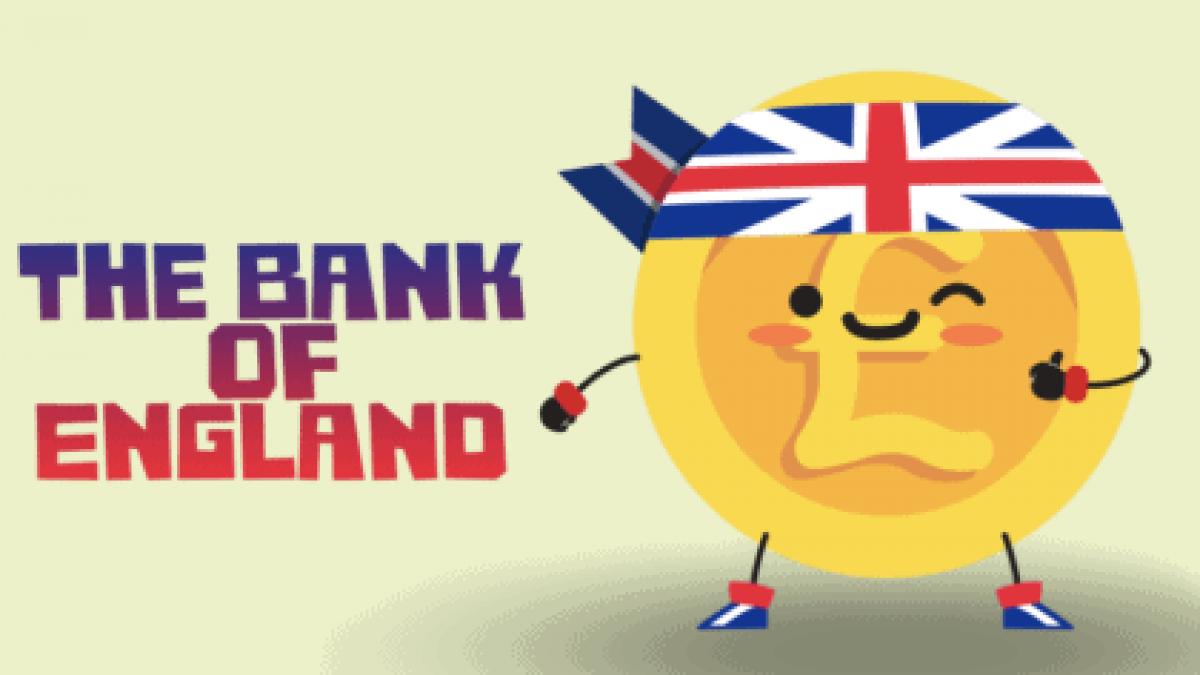What is The Bank of England?

It’s a bank but not quite like the banks you know about.
Normal banks are open to the public, that means people can open bank accounts with them and get loans from them. The Bank of England isn’t open to the public so you can’t open a Bank of England bank account.
The Bank of England has some different jobs:
- They give out all the bank notes we use
- They make sure all normal banks are safe for people to use and are following all the rules
- They help the UK’s economy stay strong – this basically means that they keep an eye on what’s happening with money in the UK and can make changes to some of the rules of money to help it all stay working well
How did The Bank of England start?
The Bank of England was founded in 1694 to raise funds for the government during a time of war with France.
From then on the Bank became the nation’s central bank!
The Old Lady of Threadneedle Street
This is the nickname for The Bank of England.
In 1734 The Bank moved to Threadneedle Street which is why this is in the nickname. The rest is from a cartoon that was made in 1797 that depicted the bank as an old lady. From then on the nickname just stuck!
Banknotes
The Bank of England has been issuing banknotes for over 300 years.
Banknotes were originally IOUs for gold deposited at the Bank. People used these notes to pay for things, knowing they were backed by ‘The Promise’ to pay the same value in gold.

You can no longer go to the bank and swap your banknotes for gold, now they are just the currency we use in the UK.
Does The Bank of England still have all that gold?
It does!
The Bank of England has more gold than almost anywhere else in the world, with around 400,000 gold bars stored in its vaults.

It provides safe keeping for the country’s gold reserves and overseas central banks.
The average gold bar weighs 400 fine ounces. That’s around 13 kilos or 28 pounds!
When gold bars are delivered to the Bank they are weighed and checked before being taken for safe keeping in one of the Bank’s gold vaults.
The vaults are very secure, no gold has ever been stolen from the Bank!

Gold is stacked on pallets four high in the Bank’s vaults. A fully-loaded pallet can hold up to 80 bars and weighs one tonne!
Today’s banknotes
There are four kinds of Bank of England note that we use today: £5, £10, £20 and £50. Each has its own design, and larger value notes are bigger in size.
Her Majesty The Queen features on the front of Bank of England notes. The reverse side has images of important British people.
For example the £5 note has Sir Winston Churchill on it – he was the Prime Minister during World War II.

And the £10 note has Jane Austen on it – she was a famous author who wrote Pride and Prejudice.

There are almost three billion Bank of England notes in use.
Banknote security features
Fake notes are very rare! They are also completely worthless.
Fake notes are illegal, so it’s the Bank’s job to make life difficult for people who try to make fakes.
Genuine banknotes are very difficult to copy. They have a range of security features including holograms, watermarks, metallic threads and raised print.
Bank of England notes are printed on special materials that are hard wearing with a unique feel.
Your mission is to complete this quiz…
Find out more about money and The Bank of England by clicking here
Add a commentWeek 12: Money and Me
This week's missions are all about money! How does it work and what is it?
More From Week 12: Money and Me






